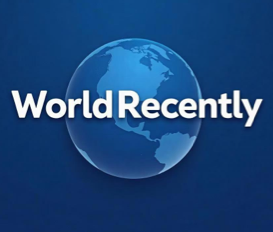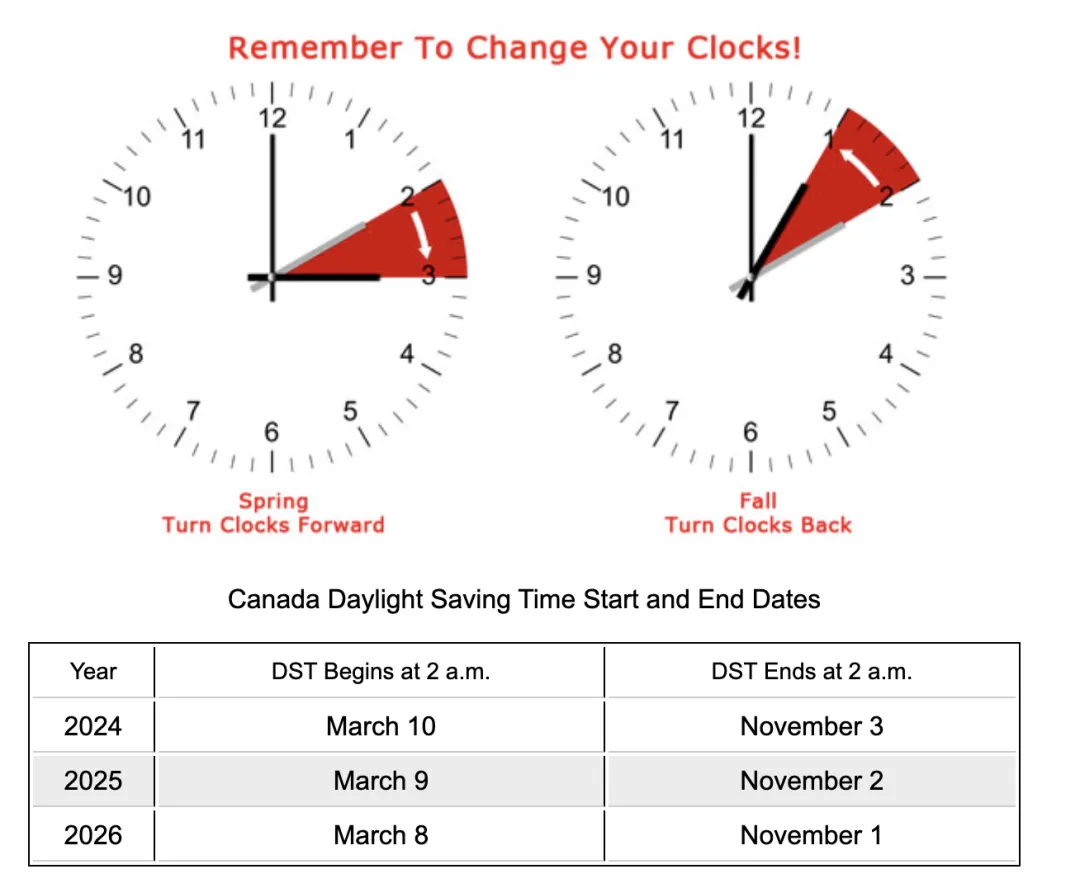I. Daylight Saving Time Adjustment in 2025
According to U.S. federal regulations, Daylight Saving Time 2025 will officially start at 2:00 a.m. on Sunday, March 9**, when clocks will need to be set one hour ahead to 3:00 a.m. This adjustment will mean that people will be “on the clock”. This adjustment means that people will “lose” an hour of sleep, but will have longer daylight hours in the evening. Daylight Saving Time will last until **November 2 (Sunday) 2:00 a.m. **end, the clock will be dialed back 1 hour to restore standard time.
It is important to note that not all areas of the United States follow Daylight Saving Time. For example, Arizona (except for the Navajo Reservation) and Hawaii maintain standard time throughout the year. In addition, several states have attempted to legislate the repeal of time adjustments in recent years, but this has not yet materialized due to the need for federal approval.
Map suggestions:
- Map of time zones in the United States indicating areas where daylight saving time is practiced;
- Schematic of clock toggle (2:00 → 3:00);
- Chart comparing sunrise and sunset times.
What is Daylight Saving Time?
Daylight Saving Time (DST) is a system of adjusting clocks to take advantage of natural light. The core logic is to advance the summer routine by one hour so that evening daylight is extended and the need for artificial lighting is reduced. For example, during DST, sunset in New York may be extended from 7:00 p.m. to 8:00 p.m., making it more convenient for outdoor activities.
Proponents argue that Daylight Saving Time reduces energy consumption (especially for lighting), reduces traffic accidents (due to increased visibility in the evening), and boosts the consumer economy (e.g., restaurants and retail). However, opponents point out that it has limited energy-saving effects and may disrupt the human biological clock, leading to short-term health risks.
Suggestions for illustrations:
- Portrait of Benjamin Franklin (first to propose the concept of energy conservation);
- Comparison of city night view and daytime activities;
- Schematic diagram of the human biological clock and sleep cycle.
III. Historical Origins of Daylight Saving Time
The concept of Daylight Saving Time can be traced back to 1784, when Benjamin Franklin, the founding father of the United States, was serving as the ambassador to France, he observed that the French people went to bed late and woke up late to waste daylight, and then he proposed to adjust his work and rest to save candles. But it wasn’t until 1916 that Germany officially implemented Daylight Saving Time for the first time in response to the World War I energy crisis, and then Britain and France followed suit.
The United States introduced Daylight Saving Time in 1918, but it was interrupted in the early days due to opposition from agriculture. During World War II, President Roosevelt introduced “war time” to conserve fuel, and after the war, states decided whether to adopt it on their own, leading to time confusion. In 1966, the Uniform Time Act established a national framework for Daylight Saving Time (DST) from April through October; in 2007, it was adjusted to the current system (March through November).
IV Controversies and Future Trends
Although daylight saving time has been in place for a century, its necessity has been questioned in recent years. Studies have shown that modern lighting efficiency gains undermine energy savings, while time adjustments may lead to a short-term increase in heart attack rates and a decrease in productivity. 2022, the U.S. Senate passed the Sunshine Protection Act in an unsuccessful attempt to make daylight saving time permanent, but it was shelved by the House of Representatives.
Public opinion is also split: high latitudes (e.g., Alaska) support extending daylight, while low latitudes (e.g., Florida) see limited significance in the adjustment. Currently, Daylight Saving Time has been abolished in Saskatchewan, Canada, and parts of Australia, and reform in the U.S. still needs to be pushed at the federal level
References
- Daylight Saving Time Adjustment Dates and Impacts
- Historical background and policy evolution
- Controversy and Health Research
- U.S. State Exceptions
ReadMore:




[…] Dies at 88 Bitcoin Holds Steady Above $90k: Market Resilience Tested by Macro Turbulence U.S. Daylight Saving Time 2025 Trump names podcaster Dan Bongino as deputy FBI director Pope Francis Hospitalized for 10 […]
[…] Daylight Saving Time 2025 […]